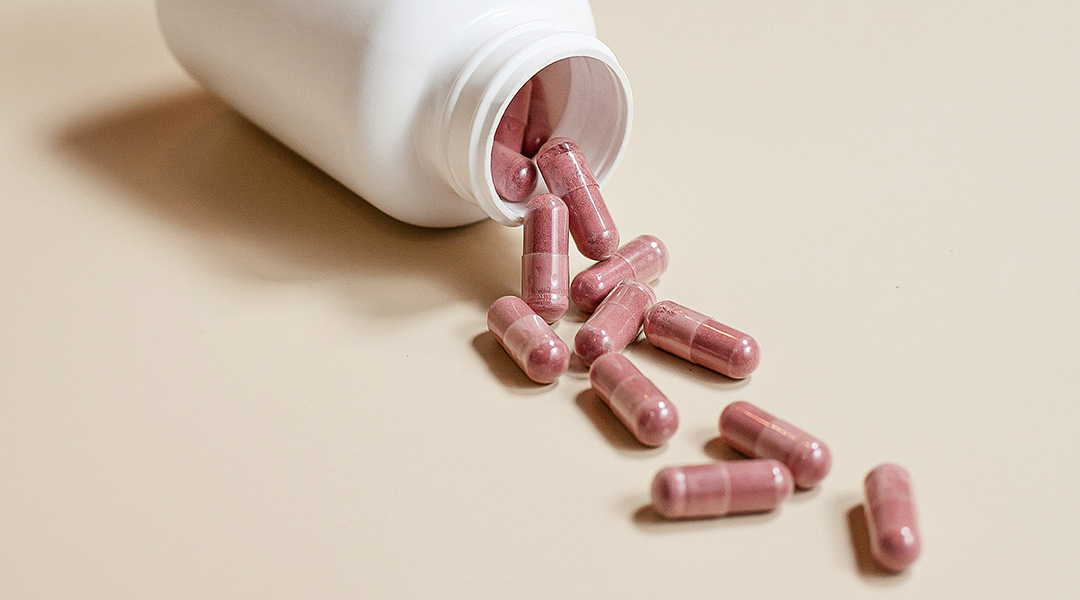A unique approach to the remote control of embryos in lab setups could transform what is possible with fertility treatments and IVF.


A unique approach to the remote control of embryos in lab setups could transform what is possible with fertility treatments and IVF.

Study finds patients with high risk factors for cardiovascular disease may benefit from preemptive use of specific probiotics.

Hydrogel-based microspheres better control the release of drugs, providing better post-op pain relief and fewer side effects.

This artificial gut will allow scientists to gain deeper insights into the biome that exists there and how dysregulation can lead to disease.

A cloud-integrated wearable device could help catch postpartum problems during those critical first weeks after delivery.

Scientists have stabilized the natural product sanshool, a promising active ingredient for sunscreen and skincare products.

The first link between biomolecule concentration in our cartilage and the progression of osteoarthritis opens new routes for treatment.

Gene therapy restores hearing in children with hereditary deafness; ongoing trials show promise for widespread application.

Researchers have found a trade-off with screen time and the cognition, behavior, and brains volume of adolescent and young children.

High blood pressure can rapidly transform healthy arterial cells into inflammation-prone “foam cells” that pose an increased risk of cardiovascular-related issues.